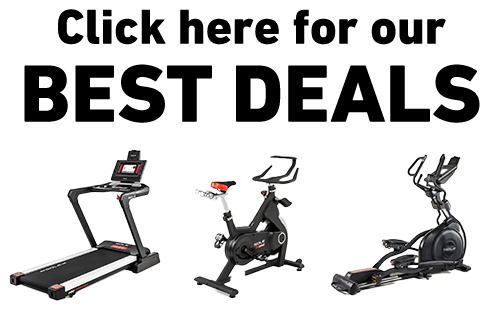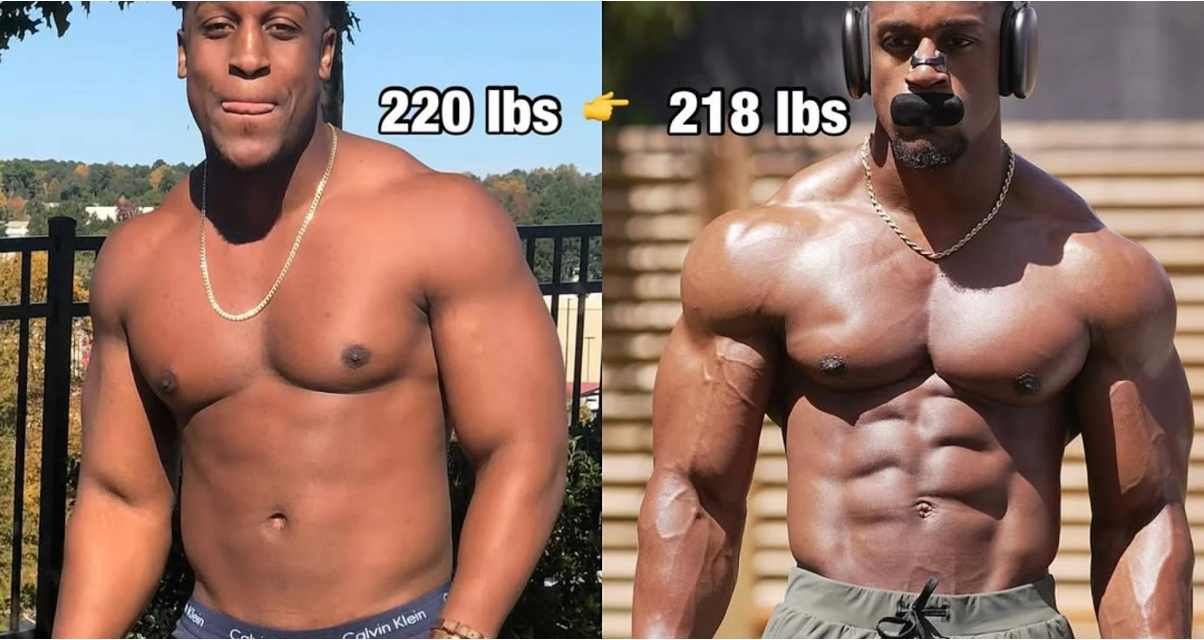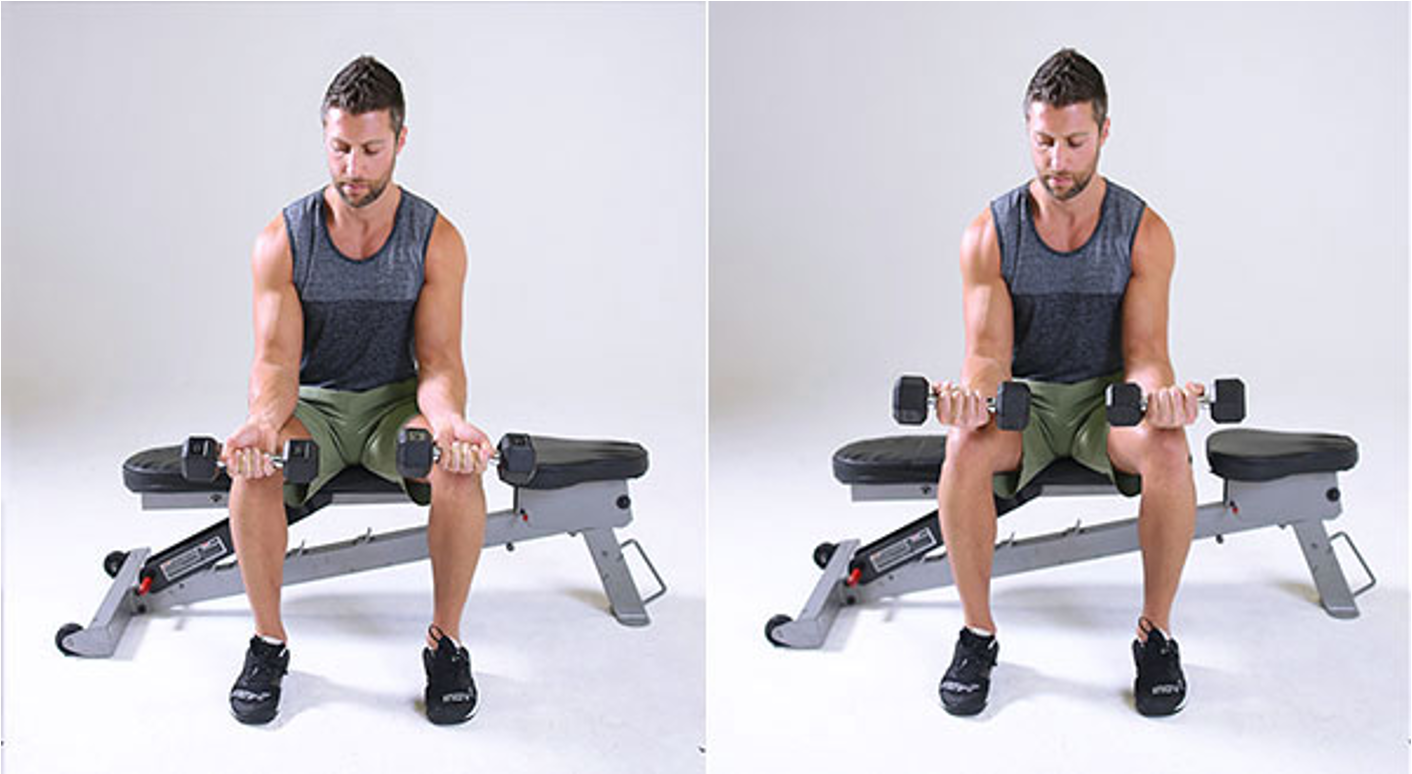Key Takeaways
- Ashton Hall's workout combines progressive overload with smart recovery periods to build muscle without burning out.
- The program uses a push-pull-legs split that targets each muscle group for maximum growth.
- Mind-muscle connection is huge in this plan; it's not just what you lift, but how you lift it.
- Nutrition follows specific macro targets based on whether you're bulking, cutting, or maintaining.
- SOLE equipment perfectly supports Ashton Hall's training principles: the Olympic barbell enables his precise, progressive overload on compound movements, and adjustable dumbbells allow him to implement intensity techniques.
Transform Your Body With Ashton Hall's Complete Fitness System
Ashton Hall's approach to fitness has transformed his body through a combination of real science and practical application. Unlike many celebrity workout routines that promise unrealistic results, Hall focuses on sustainable progress through smart programming, proper recovery, and nutrition that actually supports his goals.
Whether he's building muscle, dropping fat, or boosting his athletic performance, Hall's workout covers every aspect of getting in shape through consistent, methodical training.
|
At SOLE, we're proud to offer the best exercise equipment for your home or gym. Our machines are built to meet the highest quality and performance standards, making them perfect for fitness enthusiasts at any level. SOLE Products
|
Ashton Hall's Training Philosophy
Hall's approach abandons the old "no pain, no gain" mindset that often leads to injuries and burnout. Instead, he focuses on strategic intensity balanced with proper recovery. This philosophy developed from his own experience of learning how to train consistently without destroying his body.
His training philosophy centers on:
- Training with purpose, not just to feel exhausted
- Focusing on gradual improvement each week rather than setting records every workout
- Giving recovery the same priority as training
- Adjusting his program based on how his body responds
- Staying consistent rather than chasing perfection
Progressive Overload as the Core Principle
The foundation of Hall's training is progressive overload, which means making his workouts slightly harder over time. However, this doesn't always mean adding more weight to the bar.
Hall uses multiple progression methods including more sets and reps, training more frequently, slowing down his reps, and making exercises more complex.
Ashton Hall uses multiple ways to progress including more sets and reps, training more often, slowing down his reps, and making exercises more complex.
This multi-angle approach prevents plateaus that happen when focusing only on lifting heavier. Each workout Hall performs has specific progression targets, so he's always moving forward in his fitness journey.
Mind-Muscle Connection Techniques
What separates Hall's training from typical gym routines is his emphasis on the mind-muscle connection. He focuses his mental energy on the exact muscle he's working during each exercise, rather than just moving weight from point A to point B.
Hall incorporates special techniques like partial reps, holding positions, and super-slow negatives to enhance this connection. For example, when he performs bench press, he doesn't just push the weight up and down. He actually feels his chest muscles stretching and squeezing throughout the entire movement. This focused approach recruits more muscle fibers and delivers better results from the same amount of weight.
Recovery-Focused Training Approach
Hall treats recovery as a central piece of his fitness puzzle rather than an afterthought. His workout schedule purposely alternates between hard training days and strategic recovery work. He includes planned deload weeks every 4–6 weeks, where he cuts volume by about half while maintaining the movement patterns.
Hall also incorporates active recovery techniques like foam rolling, mobility work, and easy cardio to increase blood flow to damaged muscles and speed up repair. This approach allows him to keep making progress long-term without burnout.
Ashton Hall’s Weekly Workout Schedule
Ashton Hall follows a carefully planned weekly schedule that promotes muscle growth while preventing overtraining.
Day 1: Push (Chest, Shoulders, Triceps)
Hall starts his week with a push workout, hitting the front of his upper body. This session prioritizes compound movements when he has the most energy, then moves to isolation work to fully fatigue the muscles. His typical push day includes 4–5 exercises with 3–4 sets each, keeping reps in the 8–12 range for muscle growth. He always begins with a proper dynamic warm-up to prepare his shoulders and prevent injury.
His key movements include bench press variations (flat, incline, decline), overhead presses, dips, and different tricep extensions. Hall mixes barbell and dumbbell work to ensure balanced development and prevent muscle imbalances that could lead to injuries.
Day 2: Pull (Back & Biceps)
Day two focuses on Hall's back with pulling movements from multiple angles to ensure complete muscle development. He performs 3–4 back exercises and 2–3 bicep movements, using similar sets and reps as his push day. His exercises progress from compound movements like deadlifts and rows to more focused work like face pulls and curls.
What makes Hall's pull day special is his emphasis on proper shoulder blade movement – he's learned to actually use his back muscles instead of just yanking with his arms. This approach has helped him fix posture problems and build a more balanced physique.
What sets Ashton Hall's workout routine apart isn't just which exercises he does but exactly how he performs them.
Day 3: Legs & Core
Hall's third training day targets his lower body and core strength. This workout is usually his toughest of the week since it hits his biggest muscle groups.
He starts with compound lower body movements like squats and deadlifts, then moves to more isolated work for quads, hamstrings, and calves. His core training happens throughout the workout rather than just at the end, with exercises chosen to complement the main movements.
Hall's approach to leg training emphasizes full range of motion and proper movement patterns over just moving heavy weight. This focus on quality has helped him reduce injury risk while still building impressive legs.
Day 4: Active Recovery Protocol
This day includes 20–30 minutes of easy cardio to promote blood flow, followed by targeted mobility work for tight spots and foam rolling.
This active recovery day plays a huge role in his program's effectiveness by speeding up recovery and preparing his body for the next training cycle.
Days 5-7: Repeat Cycle with Modifications
Hall repeats the push-pull-legs sequence for the final days of the week but with smart modifications to prevent his body from adapting.
These changes include switching rep ranges, using different intensity techniques, or swapping to exercise variations that hit the same muscles from different angles. This thoughtful variation keeps his body responding without abandoning the core principles that make his program effective.
The Nutrition Blueprint
The Ashton Hall approach to eating isn't about restrictive dieting, it's about strategic fueling for performance and recovery.
His Macronutrient Breakdown
Rather than following cookie-cutter recommendations, Hall tailors his macro ratios to his individual goals, body type, and activity level. For muscle building, his protein usually runs 1.8–2.2g per kg of body weight, with carbs at 4–6g/kg and fats making up 25–30% of his total calories.
During cutting phases, he adjusts these ratios, usually reducing carbs first while keeping protein high to preserve muscle.
Hall's Meal Timing Strategy
While total daily intake matters most to Hall, he uses strategic meal timing to boost workout performance and recovery. He eats 4–6 meals daily, paying special attention to pre and post-workout nutrition.
It keeps his energy steady, supports regular protein synthesis, and ensures nutrients are available when his body needs them most. He centers his bigger meals around training sessions, with smaller, protein-focused meals filling the gaps.
His Pre & Post-Workout Nutrition
Hall's pre-workout meal, eaten 1–2 hours before training, focuses on easy-to-digest carbs (0.5g/kg body weight) and moderate protein (0.2g/kg) to fuel performance without stomach issues.
His post-workout meal, ideally within an hour of finishing, includes similar carbs but slightly more protein (0.3g/kg) to kickstart recovery. This strategic approach maximizes his training response while reducing fatigue in later sessions.
His Hydration Requirements
Hall pays close attention to proper hydration, which supports every aspect of his performance and recovery. He aims for baseline water intake of 35–45ml per kg of body weight daily, with extra based on activity, climate, and how much he sweats.
He also uses electrolyte supplementation during longer sessions to maintain cellular function and prevent performance drops from dehydration.
Train Like Ashton Hall with SOLE's Professional Equipment
Ready to implement Ashton Hall's workout routine with equipment that matches its quality? SOLE provides everything you need for those foundation compound movements and isolation exercises that make his program so effective.
The SW111 Olympic Barbell handles all the heavy compound work Hall does (squats, deadlifts, bench presses, and rows) with its 194,000 PSI tensile strength that won't bend under progressive overload. This is crucial since Hall's training relies on consistently adding weight to these core movements.
For the isolation work and exercise variations that prevent plateaus, the SW180 Adjustable Dumbbells are perfect. With weight options ranging from 5–80 pounds, you can nail those specific tempo prescriptions (like the 3-1-2-0 timing Hall uses) at the exact weight that challenges you without breaking form. The quick-adjust system means you can efficiently move through supersets and drop sets.
Don't forget the SW116 Weight Bench with its 9 adjustable backrest and 5 seat positions. This versatility lets you hit every angle Hall's program requires, from incline presses to Bulgarian split squats. The solid 550-pound capacity means it won't wobble during those heavy compound movements where stability is everything.
The SOLE+ app complements Hall's workout routine perfectly with guided workouts that emphasize proper form and mind-muscle connection, free with your equipment purchase.
Ready to transform your body like Ashton Hall? Check out the SOLE equipment collection today!
Frequently Asked Questions (FAQ)
How long does it take to see results with Ashton Hall's workout routine?
Most people following Hall's approach notice initial changes within 2–3 weeks, mainly in energy levels, strength, and workout performance. Visual changes usually become obvious after 4–6 weeks of consistent work, with significant transformations needing 12–16 weeks.
Individual results vary based on starting point, adherence to both training and nutrition, and genetic factors. Hall's approach typically produces 1–2 pounds of muscle gain monthly for most natural trainees, with fat loss of 1–2 pounds weekly during cuts being sustainable.
Can beginners follow Ashton Hall's workout routine?
Hall's training principles can be adapted for beginners with modified versions that include simpler exercise selection, reduced volume, and extra form guidance. These modifications let newcomers build the necessary foundation while still following the core principles that make his approach work.
Beginners should start with fundamental movement patterns using simpler variations, then progressively advance to harder versions as technique and capacity improve.
Do I need a gym membership to train like Ashton Hall?
While Hall's full routine works best in gyms with comprehensive equipment, his principles can be adapted for home training with minimal equipment (dumbbells, resistance bands, and a pull-up bar or suspension trainer).
This home adaptation maintains the core principles while modifying exercises to work with limited equipment. Many successful transformations have happened following Hall's principles at home, though progress in certain areas might be slower without the progressive loading options gyms provide.
What's the minimum time commitment needed for Hall's training approach?
Hall's standard routine requires 4–5 hours of training weekly, usually spread across 4–5 sessions of 45–75 minutes each. For those with time constraints, his principles can be condensed into 3 weekly sessions of 45 minutes each.
While this condensed version might produce somewhat slower results, it maintains the core principles that make his approach effective. The key is consistency with whatever time commitment you can realistically maintain.
How does SOLE equipment help implement Hall's progressive overload principle?
Progressive overload is the foundation of Hall's training, and SOLE makes it incredibly easy to apply. With the SW111 Olympic Barbell, you can add weight in precise 2.5 or 5-pound increments using micro plates, exactly what Hall recommends for consistent progress. This beats being stuck with typical 10-pound jumps that can stall progress or compromise form.
The SW180 Adjustable Dumbbells are perfect for Hall's progression methods. Since he uses multiple progression techniques (not just adding weight), having dumbbells that adjust from 5–80 pounds means you can easily implement tempo changes, rep increases, or weight increases all in the same workout.
The SW116 bench adds another progression tool with angle changes. Hall often varies exercises to prevent adaptation, and with 9 bench positions, you can progress from flat to slight incline to steep incline presses, creating new stimulus without needing multiple benches.




Leave a comment
This site is protected by hCaptcha and the hCaptcha Privacy Policy and Terms of Service apply.